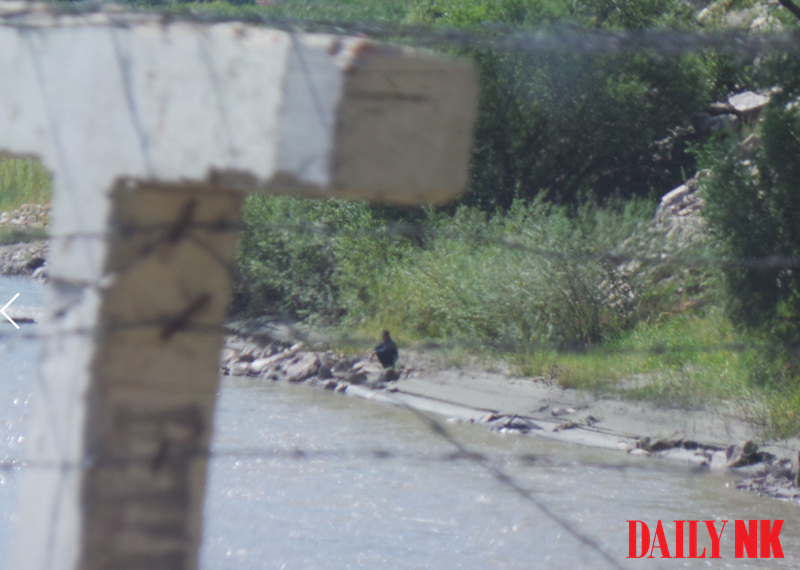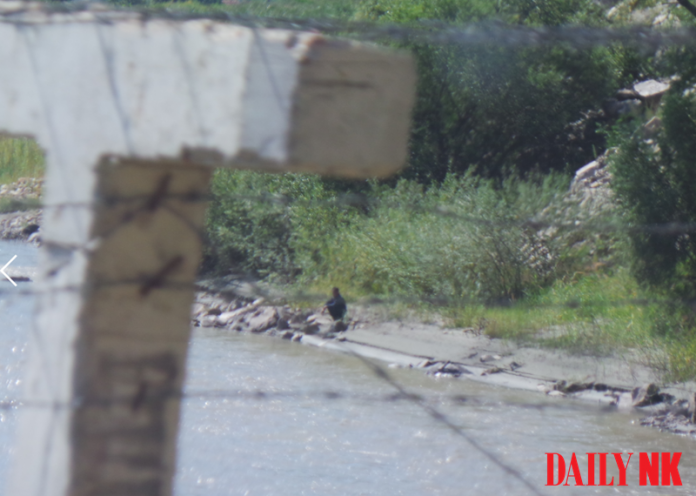North Korea is conducting a month-long inspection of its entire border with China as part of completing a five-year campaign to completely seal the frontier between the two countries.
A source in North Hamgyong province told Daily NK recently that the defense ministry’s Bureau 1215 “is conducting an inspection of the entire border in the four northern provinces from July 21 to August 21,” adding that this effort “completes the five-year plan to completely seal the border that was announced during the Eighth Party Congress.”
According to the source, the latest inspection is extremely thorough, with bureau personnel personally carrying maps and checking the placement of landmines, the condition of high-voltage wires, the operation of surveillance cameras, and the strength of wire fencing.
Through this inspection, the defense ministry plans to confirm that the five-year effort to completely seal North Korea’s border with China has been achieved while immediately addressing any flaws or shortcomings discovered.
Systematic security overhaul
The first priority for bureau members during the inspection is landmines. They’re verifying whether actual minefields match those shown on their maps, checking for missing or overlapping minefield sections, and ensuring minefields have been properly maintained and cleared of vegetation.
“Units overseeing minefields with uncertain locations or poor documentation have been warned they’ll bear full responsibility if accidents occur,” the source said. “Officials in those units are nervous because mine locations often don’t match the maps.”
Inspectors also discovered that high-voltage wires can’t operate continuously in some areas due to frequent power outages or outdated equipment, so technicians are completely replacing the power systems. Specifically, double-layer high-voltage wires and alarm detection sensors have been installed on a trial basis in areas where the river separating North Korea from China is less than 10 meters wide, making border crossings easier.
Most surveillance cameras were installed in 2021. Inspectors found that many are already broken or disconnected from their storage systems, prompting an emergency order to first replace some equipment with cheaper Chinese-made alternatives and add heat sensors along certain border stretches.
However, in areas particularly vulnerable to border crossings—Hoeryong and Onsong in North Hamgyong province, Hyesan and Samsu in Ryanggang province, and Manpo in Jagang province—the bureau ordered that surveillance cameras be replaced with the latest models. As surveillance tightens in regions where border crossings have been common, local residents feel increasingly uncomfortable.
“Officers from units where border crossings have occurred are being investigated all the way down to company commanders, with no exceptions,” the source said. “It’s gotten so bad that people are saying army officers have it tougher than party officials.”
Even within army units, an atmosphere of tension and fear prevails due to the intensive inspections, with military personnel calling it a “de facto wartime inspection.”

